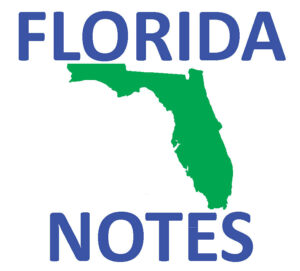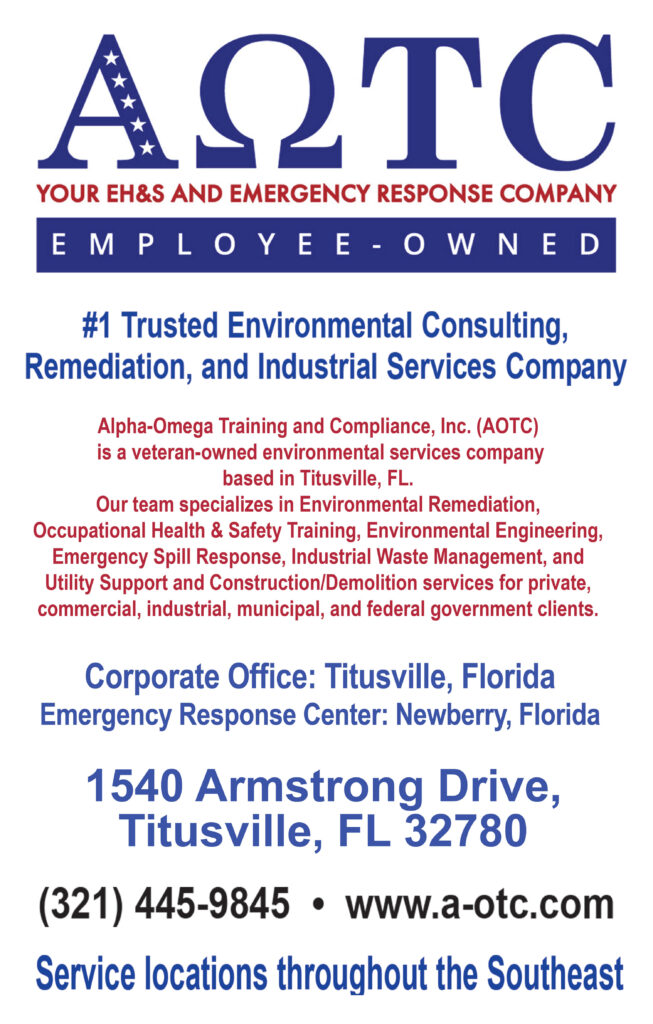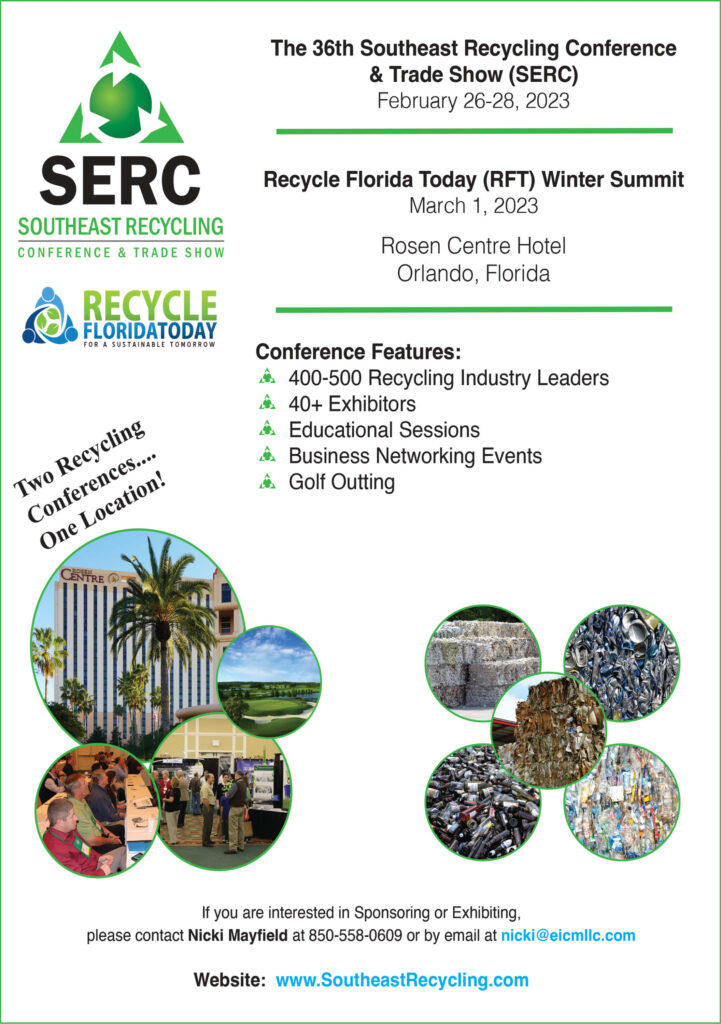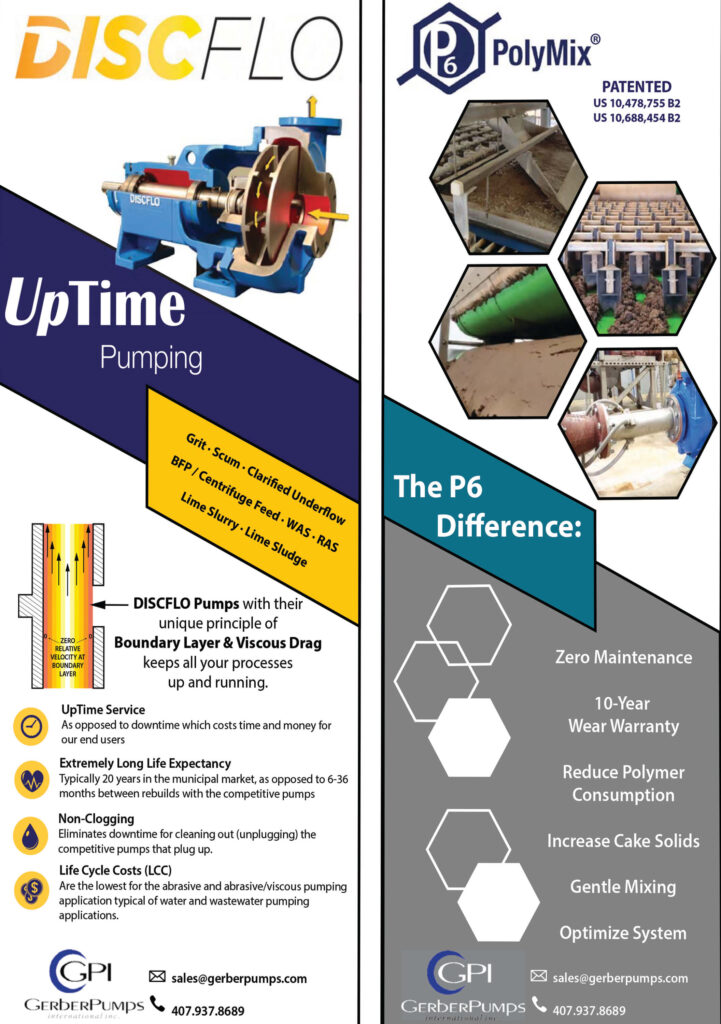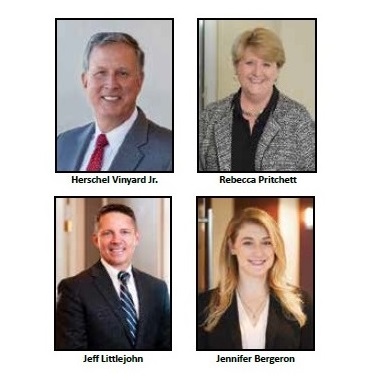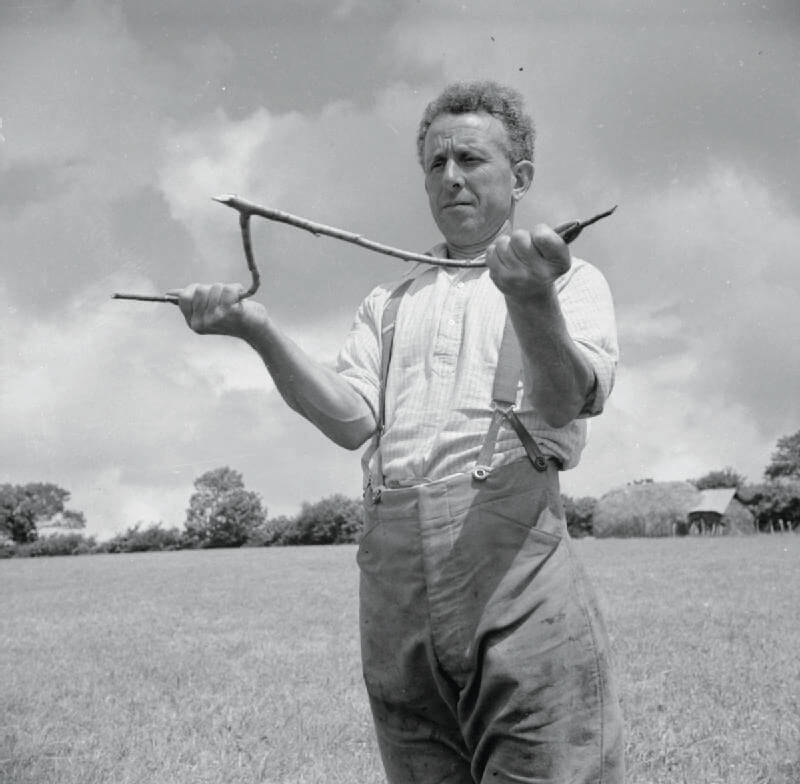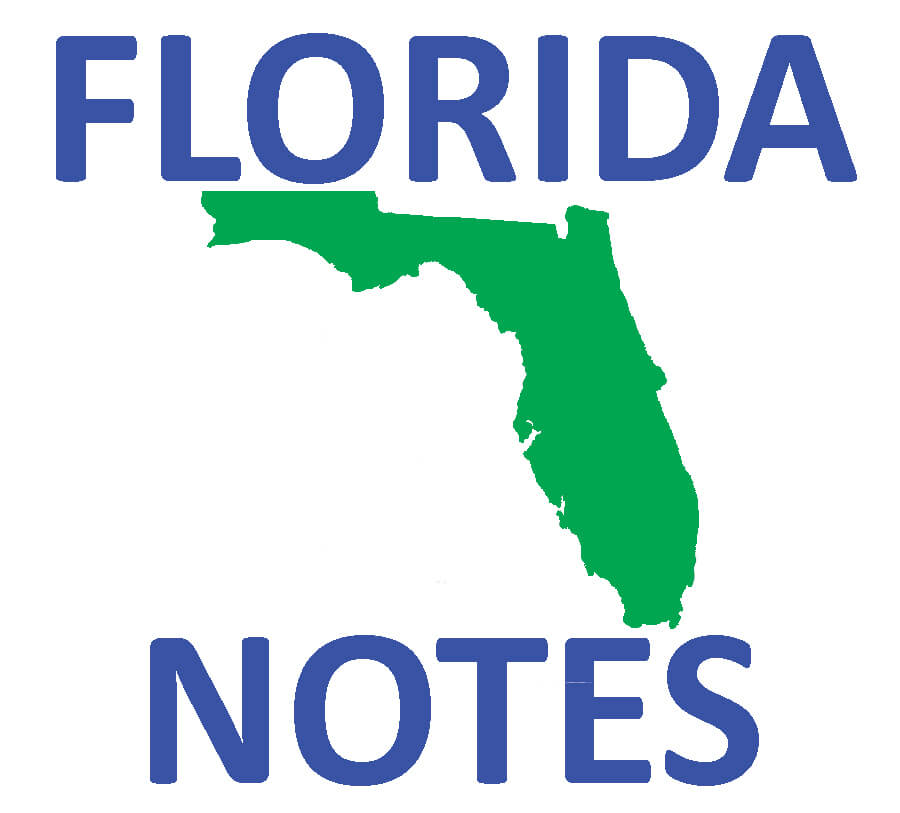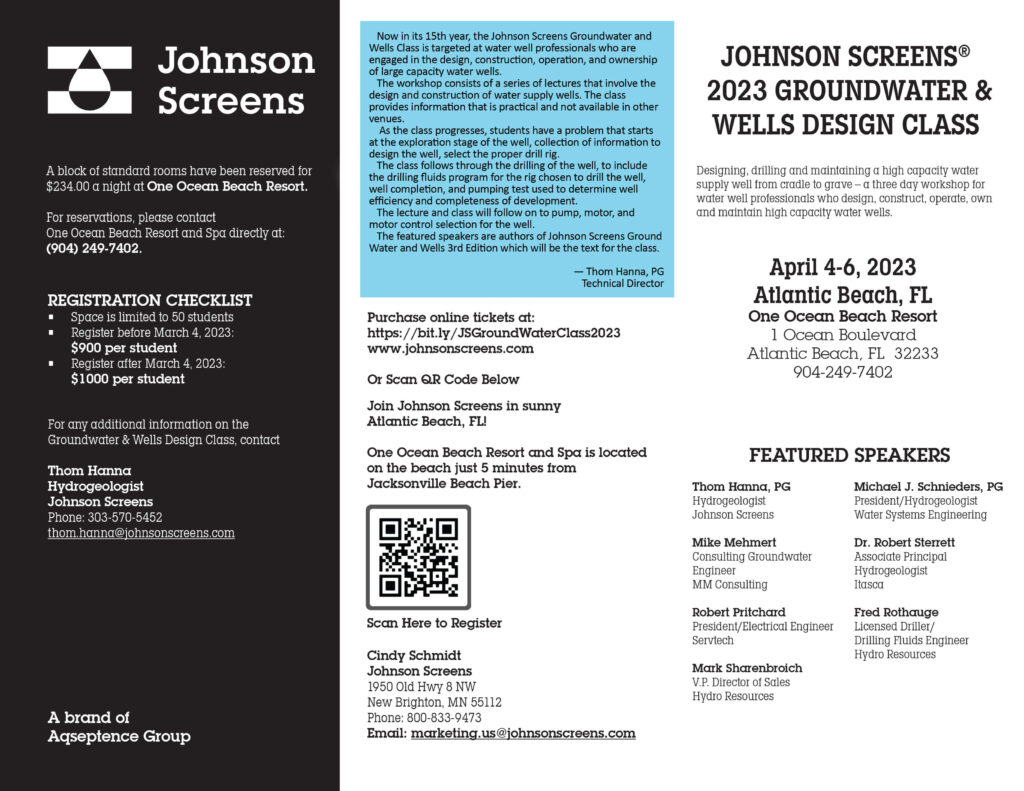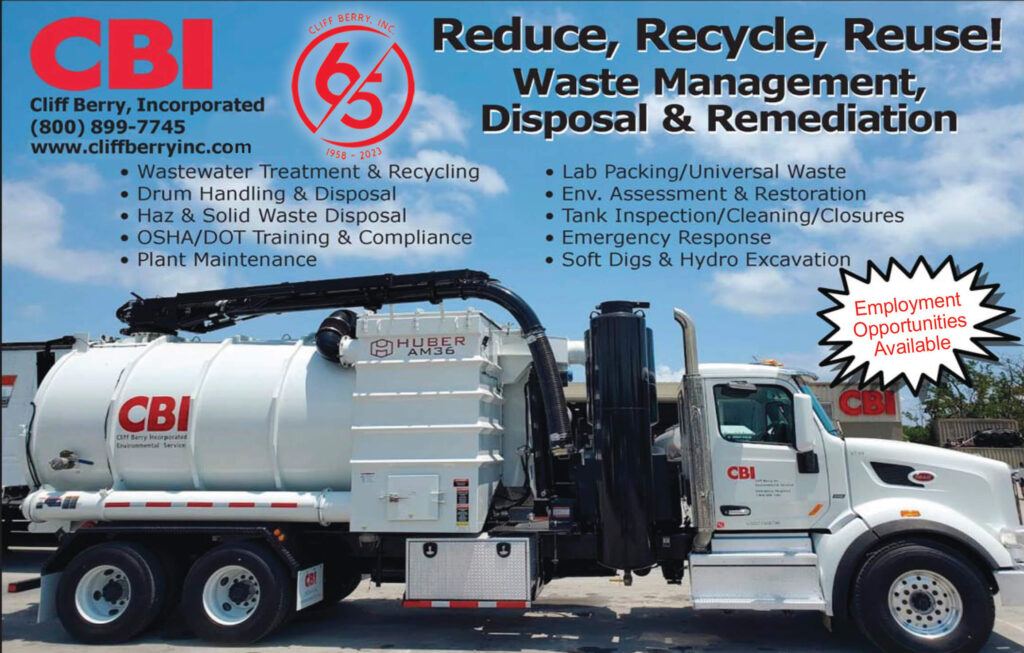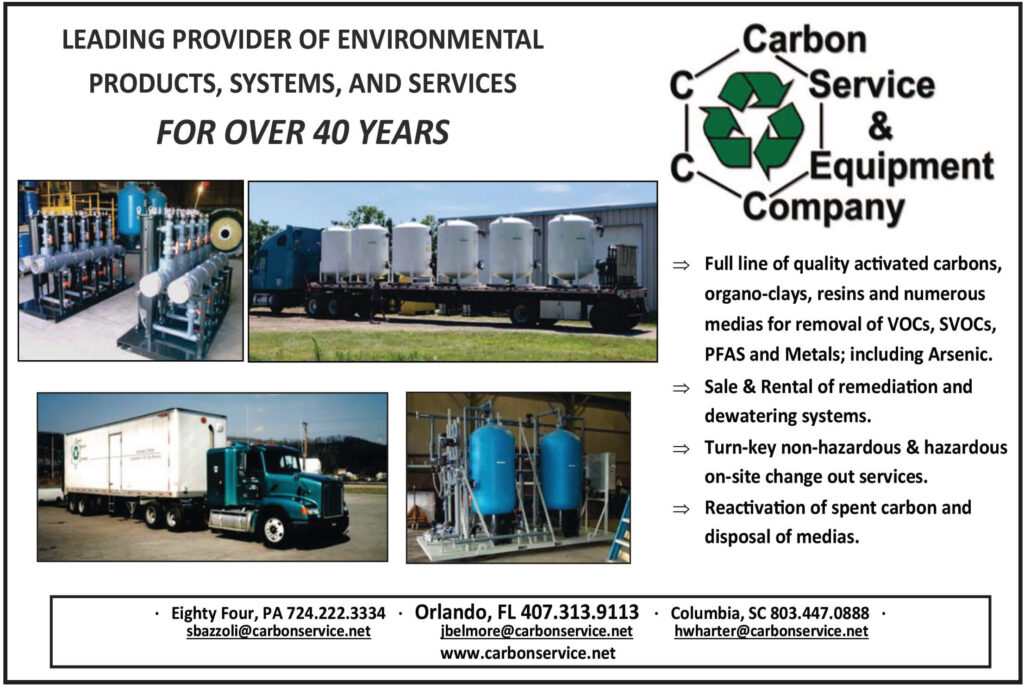By MICHEL BRUNEAU,
Ph.D., P.Eng., Dist .M.ASCE, F.SEI, F.CAE
Understandably, post-hurricane news coverage typically focuses on images of destruction, loss, and grief.
However, if the goal truly is to achieve a resilient society, there is a lot to be gained by investigating “if and how” structures designed to the latest building codes performed as intended.
Engineers have been doing just this during these past few months. Buildings codes and their strict enforcement during construction matters, but, strangely, there is still widespread ignorance of this fact.
To verify this assumption, following Hurricane Ian, I posted an article on LinkedIn with a picture showing the devastation in Fort Myers Beach.
In that photo, most oceanfront houses had been flattened by the wind and storm surge, except one that stood-up defiantly with non-fatal damage (much like the one that survived Hurricane Michael, as documented in my book The Blessings of Disaster).
Doing a bit of data-digging with Google Earth, Street View, real-estate websites, as well as tax assessors records from the county, it was possible to determine that this house had been constructed in 2022, whereas all the other homes surrounding it in the picture had been constructed from the 1920s through the 1990s (information I provided in a second post).
In a bit more than a week, the two posts combined were viewed by more than 1.4 million people, received 9,000 reactions, and generated more than 550 comments.
In these comments, the engineers and home builders highlighted this as proof of effective progress in Florida’s Building Code (and its enforcement) that nowadays requires a highly-elevated first floor, roof tie-downs, hurricane wind-resistant windows, and much more.
Many of the non-engineers attributed it to sheer luck, the whims of Mother Nature, or divine intervention; a significant disconnect across the sampling of opinions.
As many of the posted comments claimed that only the “super-rich” could afford the allegedly “super expensive” construction needed to survive hurricanes, I collected information on a continuous stretch of 26 ocean-front homes next to the one singled-out in my LinkedIn post.
Sure enough, the nine constructed after 2014 all survived. All the other ones, built decades earlier, were wiped out by Hurricane Ian.
Pricewise, older ocean-front homes with assessed values greater than the newer ones were destroyed just the same, which shows that it is not a matter of price, but one of construction. In other words, hurricanes are equal-opportunity home killers when they meet obsolete construction.
Homes can be designed to resist hurricanes, tornadoes, earthquakes, wild fires, and just about every other extreme event, but the myth that this will be done at an unbearable cost has to be put to rest.
The inflation-adjusted median value of single residential homes (in 2020 dollars) has increased from $79,000 in 1950 to $337,000 in 2020, pretty much following a straight line that is almost parallel to the fact that the average size of these homes during the same period has increased from 1,000 to 2,700 square feet.
In other words, the increasing cost of homes during the past seven decades has had more to do with the market demanding more space, more comfort, and sometimes more luxury, than the cost of improved construction technology to better withstand hurricanes.
Hence, one of the rare benefits of Hurricane Ian is that it will allow engineers to scrutinize how the new construction performed, and what changes (if any) are needed to further improve building codes and inspection enforcement procedures.
In parallel, another possible benefit is that it will offer the news media the unique opportunity to follow that story and educate the public with essential facts that all should know if we are to eventually reach the goal of a disaster resilient society. A more knowledgeable population is a more resilient population.
Evidently, not all is rosy as there exists a massive inventory of obsolete construction across the country that is at risk and likely to be destroyed in future hurricanes (or other extreme events). What to do with this inventory is a complex issue.
Changing practice for new construction is more easily done than implementing policies to retrofit existing construction.
The first one can be accomplished by champions who work tirelessly behind the scenes to promote the development and adoption of enhanced codes and specifications to prevent or minimize destruction caused by these extreme events.
The second one is possibly an unwinnable uphill battle. Making the public aware of all the problems that lead to disasters is an essential first step, but not sufficient by itself. The real challenge lies in how to turn this knowledge into action, to ensure that other similar disasters will not have as devastating results. If the past is any indication of the future, then one can almost predict that, with some exceptions, it will be left to Mother Nature to “weed-out” this inventory of non-resilient construction, one hurricane (or earthquake, or flood) at a time.●
It’s not luck, it’s engineering
Pricewise, older ocean-front homes with assessed values greater than the newer ones were destroyed just the same, which shows that it is not a matter of price, but one of construction. In other words, hurricanes are equal-opportunity home killers when they meet obsolete construction. Homes can be designed to resist hurricanes, tornadoes, earthquakes, wildfires, and just about every other extreme event, but the myth that this will be done at an unbearable cost has to be put to rest.

Michel Bruneau, Ph.D., P.Eng., Dist .M.ASCE, F.SEI, F.CAE, is SUNY Distinguished Professor at the University at Buffalo, and author of The Blessings of Disaster: The Lessons That Catastrophes Teach Us and Why Our Future Depends on It. He has spent decades developing engineering strategies to enhance the resilience of infrastructure. He is Director Emeritus of an NSF-funded Engineering Center that focused on enhancing the disaster resilience of communities.





